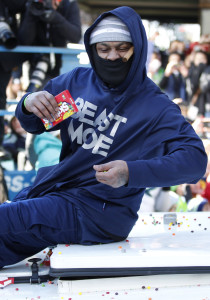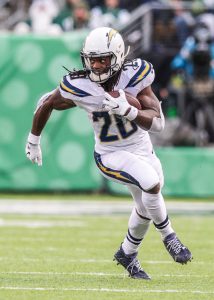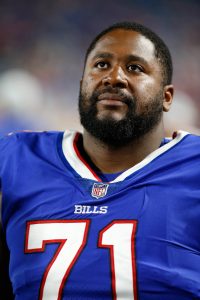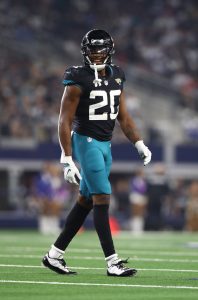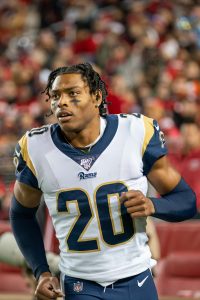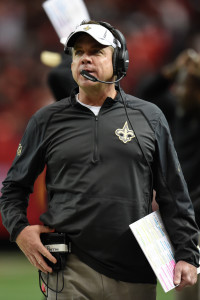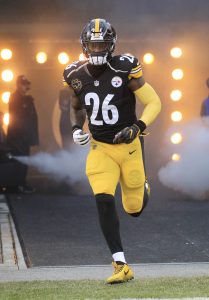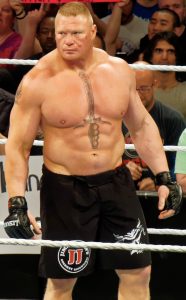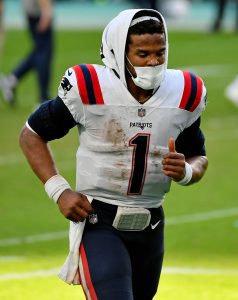On this date 16 years ago, Albert Haynesworth was slapped with a historic ban. On October 2nd, 2006, the Titans defensive tackle was suspended five games without pay stemming from an on-field incident.
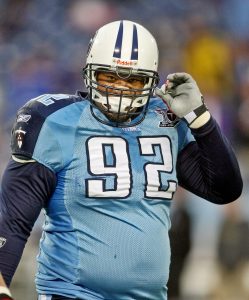 That fracas happened a day earlier in a contest between Tennessee and Dallas. The Cowboys pranced into the end zone early in the third quarter, and Dallas center Andre Gurode fell to the ground during the play. The offensive lineman’s helmet was somehow removed from his head; some pundits assumed the helmet just fell off, while others suggested that Haynesworth actually removed it from his opponent’s head. Either way, the Titans defensive tackle attempted to stomp on Gurode’s head (and missed) before landing a brutal shot.
That fracas happened a day earlier in a contest between Tennessee and Dallas. The Cowboys pranced into the end zone early in the third quarter, and Dallas center Andre Gurode fell to the ground during the play. The offensive lineman’s helmet was somehow removed from his head; some pundits assumed the helmet just fell off, while others suggested that Haynesworth actually removed it from his opponent’s head. Either way, the Titans defensive tackle attempted to stomp on Gurode’s head (and missed) before landing a brutal shot.
The stomp caused a wound on Gurode’s forehead, with Haynesworth’s foot just barely missing the offensive lineman’s eye. Gurode later needed 30 stitches, but the injury didn’t force him to miss any time. In fact, he ended up playing all 16 games that season en route to his first of five-straight Pro Bowl appearances.
Shockingly, the stomp only warranted a 15-yard penalty. However, Haynesworth didn’t react all that well to the call; he slammed his helmet on the ground, leading to another 15-yard penalty and his ejection from the game.
Naturally, the stomp was condemned around the NFL. Haynesworth himself seemed to have some remorse for the move.
“For what I did, whatever they give me, I deserve it. I did it, and it’s wrong,” Haynesworth said (via ESPN.com). “I let my team down. I’m not saying that I’m the heart of this team, but I definitely let the team down.”
It didn’t take long for the NFL to hit the Titans defensive lineman with a ban. The next day, Haynesworth was slapped with a five-game suspension. At the time, it was the league’s longest suspension stemming from an on-field incident, surpassing the two-game ban that Packers defensive tackle Charles Martin earned in 1986 for slamming Bears quarterback Jim McMahon to the ground (and since surpassed by Vontaze Burfict for repeated helmet-to-helmet violations in 2019). The suspension ended up costing Haynesworth around $190K (based on his $646K base salary).
“There is absolutely no place in the game, or anywhere else, for the inexcusable action that occurred in yesterday’s Titans-Cowboys game,” new NFL commissioner Roger Goodell said at the time.
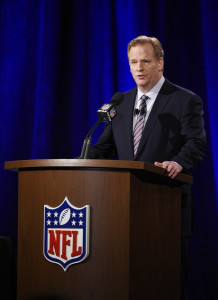 While the length of Haynesworth’s suspension was basically unprecedented, some pundits believed he got off easy. According to ESPN, the Nashville police and the district attorney even contacted the Cowboys’ general counsel to offer “their assistance to Gurode in prosecuting Haynesworth.” There were even rumors that the move could have cost Haynesworth his job in Tennessee, as Titans head coach Jess Fisher indicated that the defensive lineman may have played his final game for the organization.
While the length of Haynesworth’s suspension was basically unprecedented, some pundits believed he got off easy. According to ESPN, the Nashville police and the district attorney even contacted the Cowboys’ general counsel to offer “their assistance to Gurode in prosecuting Haynesworth.” There were even rumors that the move could have cost Haynesworth his job in Tennessee, as Titans head coach Jess Fisher indicated that the defensive lineman may have played his final game for the organization.
None of that ended up coming to fruition. Haynesworth served his suspension, and he was activated when first eligible. He didn’t start his first game back, but he started the final six games of the Titans season. The defensive tackle earned All-Pro honors in each of the next two years before inking a massive seven-year, $100MM deal with Washington. That contract ended up being a bust, and he lasted only two years with his new squad. Both the Patriots and Buccaneers were willing to take him on during the 2011 campaign, but the player’s reputation was already tarnished. 2011 proved to be the final season of his career.
Fortunately, this story has a somewhat happy ending thanks to Gurode. When Haynesworth landed in a hospital in 2019 due to a kidney issue, Gurode reached out to the defensive lineman to give him his best wishes. Haynesworth somewhat made amends when the two were both named to Pro Bowls, and the former Cowboys offensive lineman says he now takes the incident in stride.
“I want [Albert] to be O.K.,” he told Sports Illustrated’s Greg Bishop. “I’ve forgiven him…Most people tend to think that football players are gladiators with no feelings. We’ve all got scars. I’m going to have to explain that moment to my grandkids. I want them to know strength came from my not reacting.”
